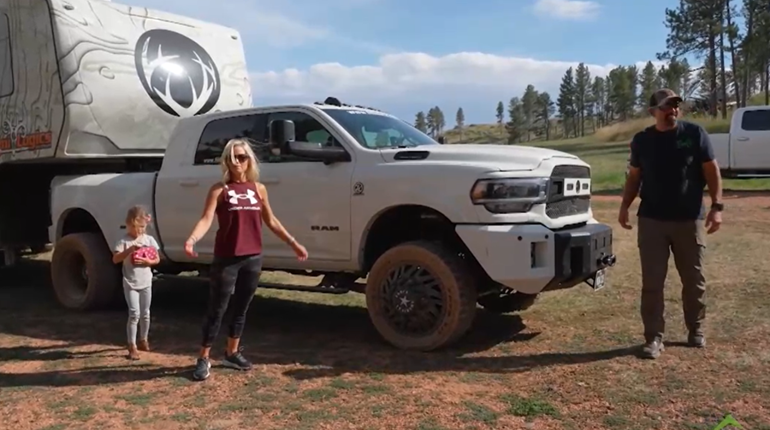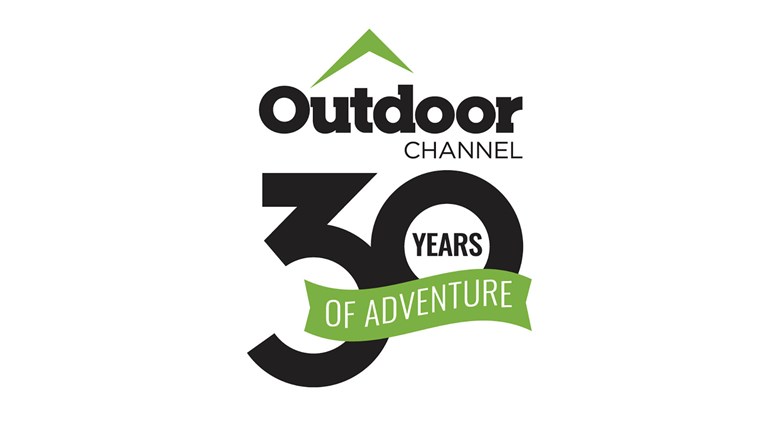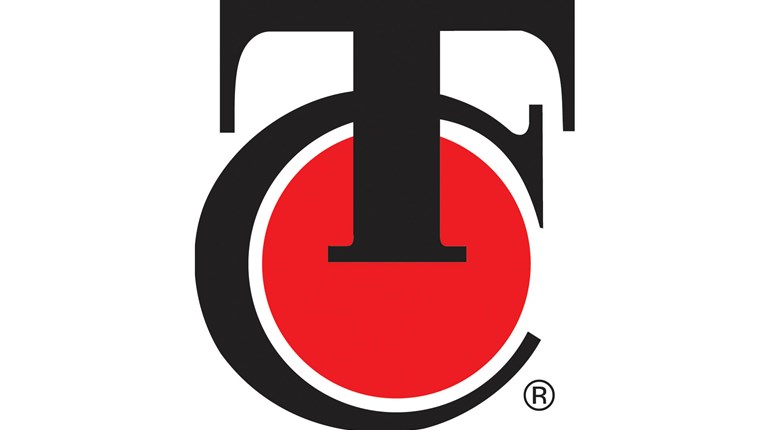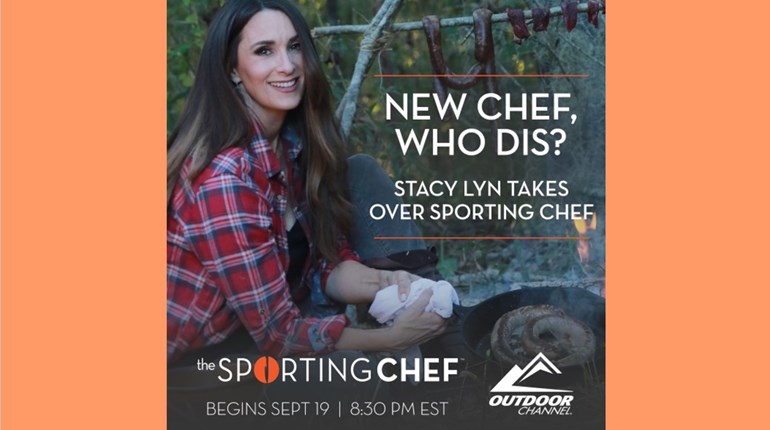
If you don't know Chris Dorsey's name, you should: As the the founding partner of Orion Entertainment, he's revolutionized the way people enjoy the outdoor sports on TV. Having created more than 40 outdoor television series for nine networks, he's responsible for bringing the outdoors inside for millions of Americans. We here at NRA Family were lucky enough to speak with Dorsey about what he sees on the horizon for outdoor entertainment.
NRA Family: We've noticed a trend lately in which a lot of TV shows are focusing on life in Alaska. What do you think might be driving this trend?
Dorsey: Alaska is a land of extremes, from landscape to weather, and the kind of people who do best in those environments tend to be interesting...and sometimes almost feral. And there's a big movement across the country toward self-reliance and Alaska is a place where people have to do most everything themselves-from building cabins, to hunting or fishing for food, to fixing almost anything that breaks. I think many urban dwellers find it fascinating that there are still Americans who not only survive in wild environments, but who can thrive in them. And Alaska is like five states in one: Southeast Alaska is very different from the interior and the interior bears little resemblance to Kodiak Island, etc.
Family: Do you foresee any changes to outdoor-themed shows coming in the future?
Dorsey: Change is a given, and it'll be driven by television distributors who are "content agnostic"; that is, they'll be looking at audience size to determine if they continue to carry the content regardless of the genre. It's a tough distribution landscape out there and independent networks-like those in the hunting and fishing space-have challenges ahead when competing with the likes of NBC, Viacom, AETN, Scripps, ABC/ESPN and other large media corporations. Content remains king and traditional outdoor programming will have to improve to compete. We're seeing a lot of programming in the hunting and fishing space now living on fully distributed or large networks like A&E, History, Discovery, National Geographic, etc., and the production budgets are often much larger than what is found in traditional hunting and fishing programming.
I think the good news for traditional hunting and fishing networks is that hunting and fishing manufacturers often are not allowed to advertise on the large networks, so their best advertising play in many cases remains with the traditional outdoor networks. And the recent consolidation in the outdoor media world by Kroenke Sports (adding Sportsman Channel and their large portfolio of outdoor magazines) to their existing property, Outdoor Channel, should be a good thing for the category. They're now in a much better position to compete as a group than they would have been as independently. That, and a strong ownership and leadership team bodes well for their future.
Family: What, so far, has been the outdoor-themed show of which you were most proud?
Dorsey: We launched Building Alaska on the DIY network four years ago, and the success of that series (number one series on DIY in 2014) has led to spin-offs on National Geographic, Discovery and History. I was also happy with our Kodiak series on Discovery which focused on a family of brown bear guides on the island. Taking that kind of authentic hunting content to mainstream cable-and internationally-would have been unheard of a decade ago.
Family: Do you believe that hunting- and shooting-related media content has shaped any real-life trends?
Dorsey: I think coverage of personal defense training has certainly led to more and more Americans getting trained and getting conceal-carry permits which, of course, has led to dramatic reductions in violent crime-which is not opinion, it's indisputable fact. We launched a block of programs called Don't be a Victim on Spike TV (a 100-million home network owned by Viacom) which featured four different series that provided practical advice on how to keep people safe in a dangerous world. Few thought it would be possible to get that kind of content on a non-outdoor network-and it wasn't easy-but we were able to do that, and I think that helped broaden the message of the importance of the Second Amendment to a mainstream audience.







































